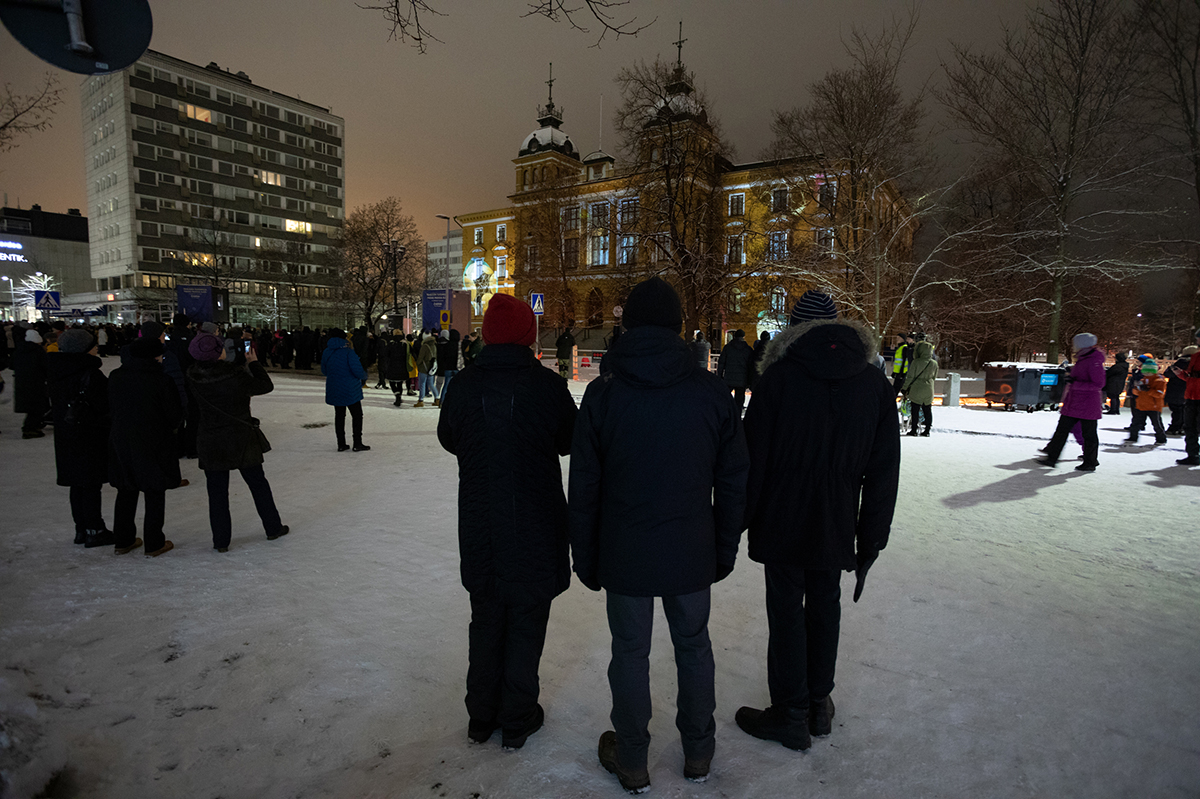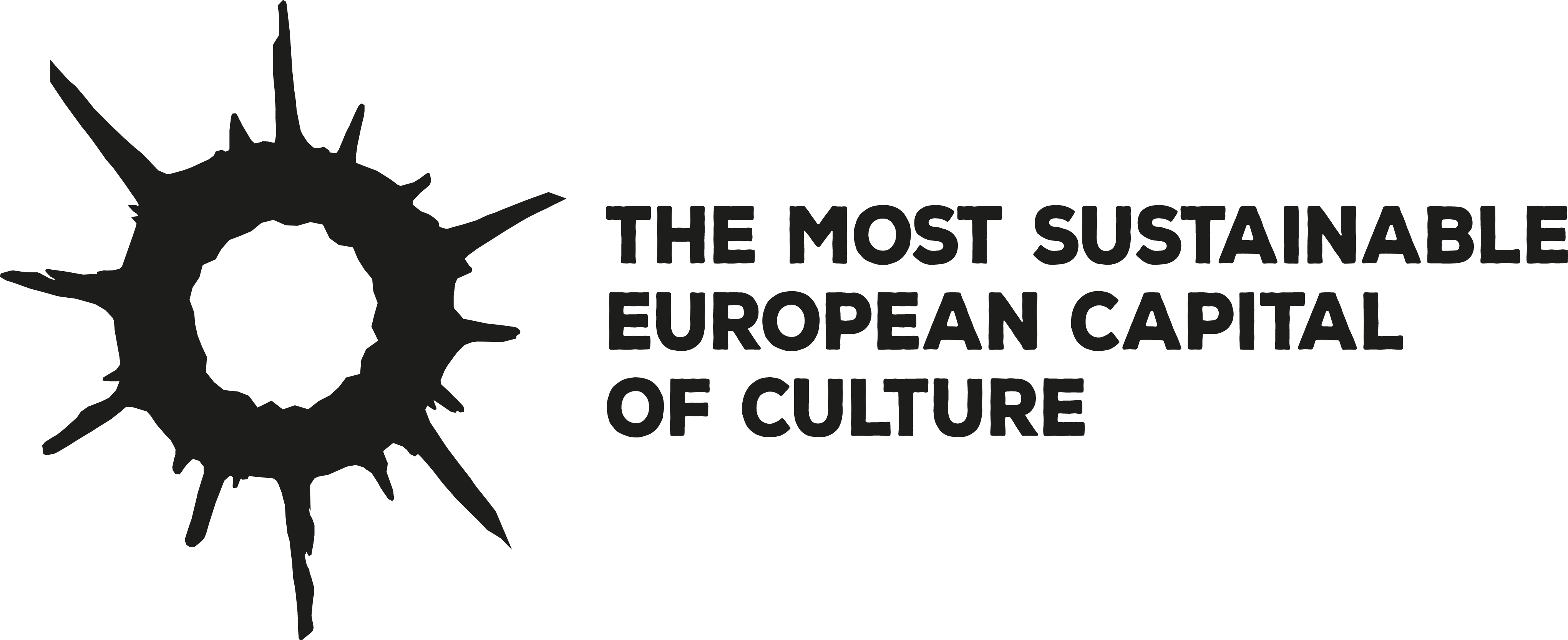LUMO LIGHT FESTIVAL HAS A CARBON FOOTPRINT LIKE THE AVERAGE FINN

The carbon footprint of the three-day Lumo Light Festival organized in Oulu is 10,300 kg CO2e, which corresponds to the climate emissions produced by one Finn per year. Most of the emissions, 70% of the entire event’s carbon footprint, were accumulated from the travel of light artists and transportation of light art works. The light festival’s carbon footprint in 2021 was calculated by Macon Oy. In 2022, the calculation will also be developed by asking the event’s audience about their travel methods in Lumo’s visitor survey.
The main emissions of the Lumo light festival, like other events, are caused by travel, i.e the transportation of people and goods. Both artists and their works are brought to Lumo from abroad, which meant more than 7300 kg of CO2e carbon dioxide emissions in 2021. The travel of event visitors has not yet been taken into account in the calculations.
“Focusing on the artists’ means of travel, transportation of works and compensation possibilities are the next step. In the future, the public will also be asked about their travel methods. In our communication, we also recommend to arrive at the event on foot, by bike or by bus, which can influence emissions,” reflects Lumo’s program manager Jarkko Halunen.
Quite surprisingly, second on the list of emission sources was advertising and printed products. The products needed for marketing and guidance made up 23% of the total emissions.
However, the energy consumption of light festivals, which has been called into question in the current energy crisis, seems to be lower than expected. Although Lumo is a light festival, its carbon footprint comprised of electricity, heating and fuel use is small, less than 5%. As a rule, the festival uses carbon-neutral electricity. “Furthermore, while the light works are on display, the city’s other lighting has been reduced. If people remember to turn off all the lights at home when leaving for Lumo, it evens out the consumption” states Halunen.
Lumo’s emissions cannot be compared to other light festivals, because other festivals have no known carbon footprint calculations. “Compared to the number of visitors to the light festival, its emissions are moderate, especially due to using green electricity and a location that allows public transportation,” says Sanna Taskila, the expert who made the calculation.
The carbon footprint is also calculated at the event venues
The carbon footprint calculation completed for the Lumo light festival is the first calculation carried out for events in Northern Ostrobothnia, which has been carried out in the Most Sustainable European Capital of Culture Project. In addition, Macon Oy also calculates emissions for Oulu-based music festivals Qstock and Varjo, the game event Vectorama, winter festival Frozen People and Kuusamo-based NUTS trail running event and techno festival Solstice organized.
Venues will be included in future calculations, because their emissions and operating methods have a direct effect on the environmental load of many events. In 2023, for example, the emission calculations of Ouluhalli, Kuusisaari event park, Restaurant Block and Kokardi Club will be carried out.
Calculating the carbon footprint helps organizations understand where emissions are born and how operations can be changed to be more environmentally sustainable. The event organizers who participated in the calculation will receive a customized road map for reducing emissions and instructions with which they can calculate the following years’ emissions themselves.
Photo: Sanna Krook. Audiences of the Lumo Light Festival in 2019.


